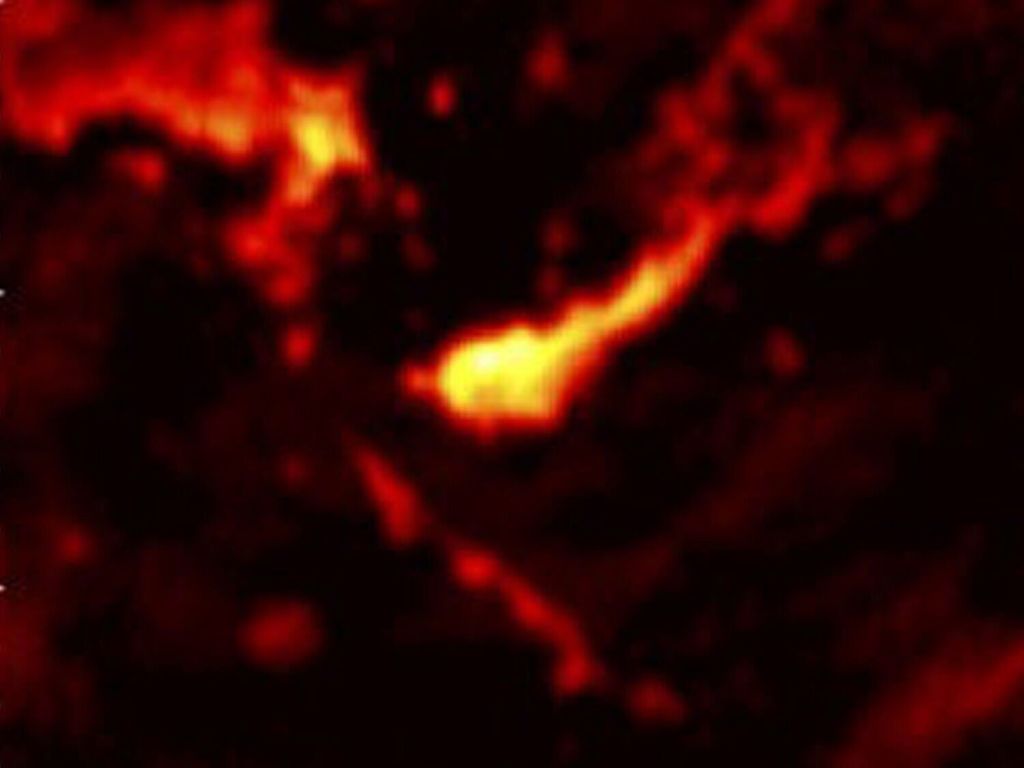Japanese study reveals new type of star-forming cloud
Published 7:15 am Thursday, February 20, 2025

- stars_featured
By Stephen Beech
When a star is born it emerges from giant fluffy clouds, suggests a new study.
Deep space observations by Japanese scientists have given new insights into star formation in early universe-like environments.
High concentrations of gas and dust coalesce to form a baby star in regions of space known as stellar nurseries,
Also called molecular clouds, they can be massive, spanning hundreds of light-years and forming thousands of stars.
While much is known about the life cycle of a star thanks to advances in technology and observational tools, precise details remain obscure.
Now researchers from Kyushu University, working with colleagues at Osaka Metropolitan University, have discovered that in the early universe, some stars may have formed in “fluffy” molecular clouds.
The findings, published in The Astrophysical Journal, were obtained from observations of the Small Magellanic Cloud.
The research team says their findings may provide a new perspective on star formation throughout the history of the universe.
They explained that, in our Milky Way galaxy, the molecular clouds that facilitate star formation have an elongated “filamentary” structure about 0.3 light-years wide.
Astronomers believe that our Solar System was formed in the same way, where a large filamentary molecular cloud broke apart to form a stellar egg, also called a molecular cloud core.
Over hundreds of thousands of years, gravity would attract gases and matter into the cores to create a star.
Study first author Dr. Kazuki Tokuda, of Kyushu University, said: “Even today our understanding of star formation is still developing, comprehending how stars formed in the earlier universe is even more challenging.
“The early universe was quite different from today, mostly populated by hydrogen and helium.
“Heavier elements formed later in high-mass stars.
“We can’t go back in time to study star formation in the early universe, but we can observe parts of the universe with environments similar to the early universe.”
The team set their sights on the Small Magellanic Cloud (SMC), a dwarf galaxy near the Milky Way about 20,000 light-years from Earth.
The SMC contains only about 20% of the heavy elements of the Milky Way, making it very close to the cosmic environment of the early universe, about 10 billion years ago.
However, the spatial resolution for observing the molecular clouds in the SMC was often insufficient, and it was unclear whether the same filamentary structure could be seen at all.
The ALMA radio telescope in Chile was powerful enough to capture higher-resolution images of the SMC and determine the presence or absence of filamentary molecular clouds.
Dr. Tokuda said: “In total, we collected and analyzed data from 17 molecular clouds.
“Each of these molecular clouds had growing baby stars 20 times the mass of our Sun.
“We found that about 60% of the molecular clouds we observed had a filamentary structure with a width of about 0.3 light-years, but the remaining 40% had a ‘fluffy’ shape.
“Furthermore, the temperature inside the filamentary molecular clouds was higher than that of the fluffy molecular clouds.”
He says the temperature difference between filamentary and fluffy clouds is likely due to how long ago the cloud was formed.
Dr. Tokuda explained that, initially, all clouds were filamentary with high temperatures due to the clouds colliding with each other.
He said: “When the temperature is high, the turbulence in the molecular cloud is weak.
“But as the temperature of the cloud drops, the kinetic energy of the incoming gas causes more turbulence and smoothens the filamentary structure, resulting in the fluffy cloud.
“If the molecular cloud retains its filamentary shape, it is more likely to break up along its long “string” and form many stars like our Sun, a low-mass star with planetary systems.
“On the other hand, if the filamentary structure cannot be maintained, it may be difficult for such stars to emerge.”
Dr. Tokuda added: “This study indicates that the environment, such as an adequate supply of heavy elements, is crucial for maintaining a filamentary structure and may play an important role in the formation of planetary systems.
“In the future, it will be important to compare our results with observations of molecular clouds in heavy-element-rich environments, including the Milky Way galaxy.
“Such studies should provide new insights into the formation and temporal evolution of molecular clouds and the universe.”






